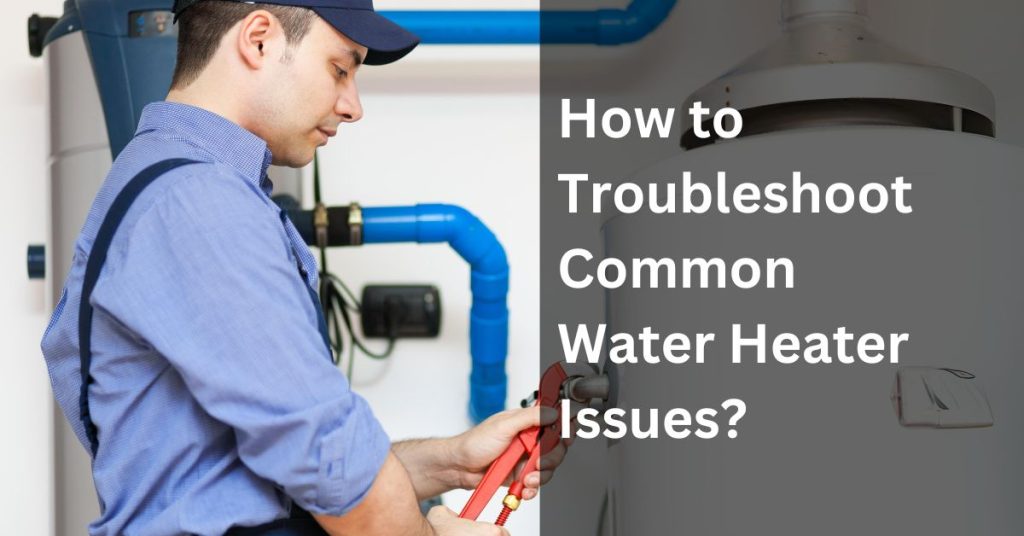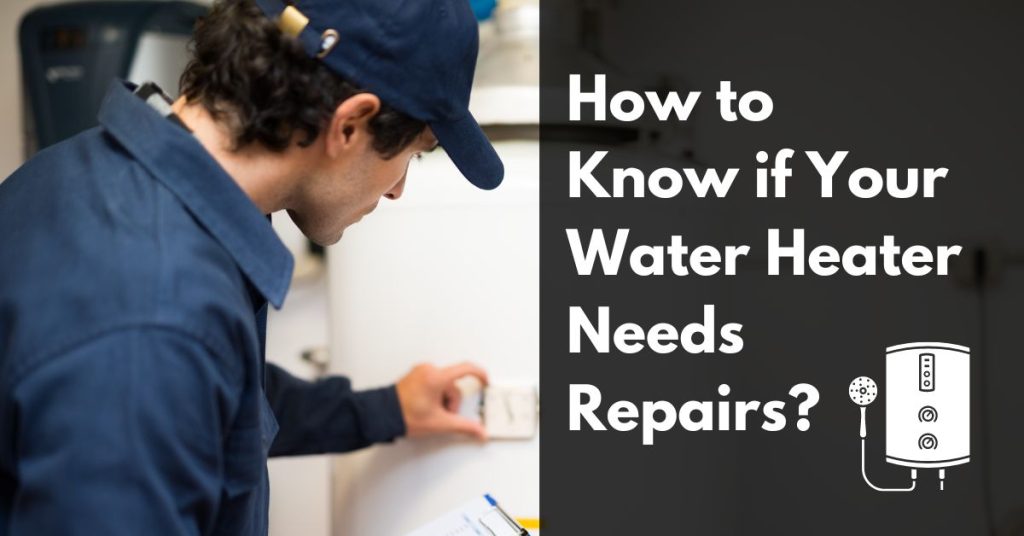Currently Empty: $0.00
How to Handle Clogged Drains in an Emergency?
Clogged drains can be a real headache for homeowners. They always seem to happen at the worst times, making your day harder and more frustrating. Not only do they make your sinks and showers slow to drain, but they can also lead to expensive plumbing problems. In this guide, we’ll explore clogged drains, from how to spot the signs to what to do in an emergency, easy DIY fixes, when it’s time to call a pro, and how to stop clogs from happening in the first place.
Contents
Recognizing the Signs
Before diving into solutions, it’s essential to recognize the telltale signs of a clogged drain. Identifying these symptoms early can save you from more significant headaches later on. Here are some common signs:
Slow Drainage:
Slow drainage is often the first and most noticeable sign of a clogged drain. It occurs when water takes considerably longer than usual to empty from your sink, bathtub, or shower. This sluggish flow is a clear indication that an obstruction is impeding the normal flow of water through your pipes.
Water Pooling:
Water pooling is another unmistakable sign that a clog is obstructing the normal flow of water within your plumbing system. This phenomenon is particularly common in the shower and sink areas. When you’re taking a shower, you may notice water accumulating around your feet rather than draining away efficiently. Similarly, in the kitchen or bathroom sink, water may linger in the basin, refusing to flow down the drain as it should.
Gurgling Sounds:
Unusual sounds coming from your drains, particularly gurgling noises, are not to be taken lightly. If you hear gurgling sounds when you flush the toilet or use a different plumbing fixture, it’s a strong indicator that there’s a blockage in the drain.
Foul Odors:
Persistent and unpleasant odors emanating from your drains are not only annoying but can also indicate a buildup of organic matter, which is a common issue associated with clogs.
As debris, such as food particles, hair, soap scum, and other organic materials, accumulates within your pipes, it provides a breeding ground for bacteria. These bacteria break down the organic matter, releasing foul-smelling gases as a byproduct. When these gases escape through your drain, they create the unpleasant odors you detect.
Immediate Steps to Take
Once you’ve recognized the signs of a clogged drain, it’s time to take immediate action. Acting swiftly can prevent the situation from worsening and mitigate potential damage to your plumbing and property. Here are the steps you should follow:
Turn Off the Water Supply:
Your first move should be to turn off the water supply to the affected fixture. This is typically done by closing the water shut-off valve located near the fixture. If you can’t find a specific shut-off valve, you may need to turn off the main water supply to your house.
Assess the Situation:
After successfully turning off the water supply, take a moment to assess the severity of the clog. Is it a minor blockage that may be easily resolved, or does it appear to be a more complex issue?
Decide on DIY or Professional Help:
When facing the pesky inconvenience of a clogged drain, knowing how to employ do-it-yourself (DIY) methods can be your first line of defense. These techniques not only save you time and money but also empower you to take immediate action when a drain emergency strikes. In this section, we’ll explore DIY methods in greater detail, equipping you with the knowledge and tools to combat common clogs effectively.Based on your assessment, decide whether you’ll attempt a DIY solution or if it’s time to call in the professionals.
DIY Plumbing Repair: When to Tackle It Yourself and When to Call a Professional
DIY Methods
For those who opt to tackle the clog themselves, here are some tried-and-true DIY methods:
Plunger:
A plunger is your go-to tool for unclogging sinks and shower drains. How to use it effectively:
- Ensure you have a tight seal around the drain.
- Apply quick and forceful plunges to dislodge the clog.
- Repeat as needed until the water starts draining properly.
Drain Snake or Auger:
For toilet clogs and more stubborn sink or shower clogs, a drain snake or auger can be invaluable. Here’s how to use it:
- Insert the snake into the drain until you feel resistance.
- Rotate the handle to break up or hook onto the clog.
- Slowly pull out the snake, removing the clog in the process.
- Flush the drain with hot water to clear any remaining debris.
Remember to wear gloves and take precautions when handling these tools, as they can be unsanitary.
When to Call for Professional Help
While DIY methods work well for many clogs, some situations require the expertise of an emergency plumber. It’s important to recognize when it’s time to make that call:
Persistent Clogs:
If your efforts with a plunger or drain snake don’t yield results, or if the same drain keeps clogging repeatedly, it’s a sign of a more significant issue.
Multiple Clogged Fixtures:
When multiple fixtures in your home (e.g., sinks, toilets, or showers) are experiencing drainage problems simultaneously, it may indicate a sewer line blockage. This is a serious issue that requires professional attention.
Foul Odors and Gurgling:
If you notice foul odors coming from your drains or hear gurgling sounds, it could indicate a blockage deep within your plumbing system.
Risk of Damage:
Ignoring persistent clogs can lead to pipe damage and even water damage in your home. In such cases, the cost of repairs can far exceed the cost of hiring a professional plumber.
Conclusion
Handling clogged drains in an emergency can be a stressful experience, but with the right knowledge and action, you can effectively address the issue and prevent further damage. Acting promptly when you notice the signs of a clogged drain is crucial to avoid costly repairs and maintain the smooth operation of your plumbing system.
Remember, while DIY methods can work for minor clogs, persistent or severe blockages may require the expertise of an emergency plumber. Don’t hesitate to seek professional help when needed, as it can save you time, money, and the hassle of dealing with plumbing emergencies. If you’re in the Napa area and require emergency plumbing assistance, don’t hesitate to contact an Emergency Plumber in Napa.














